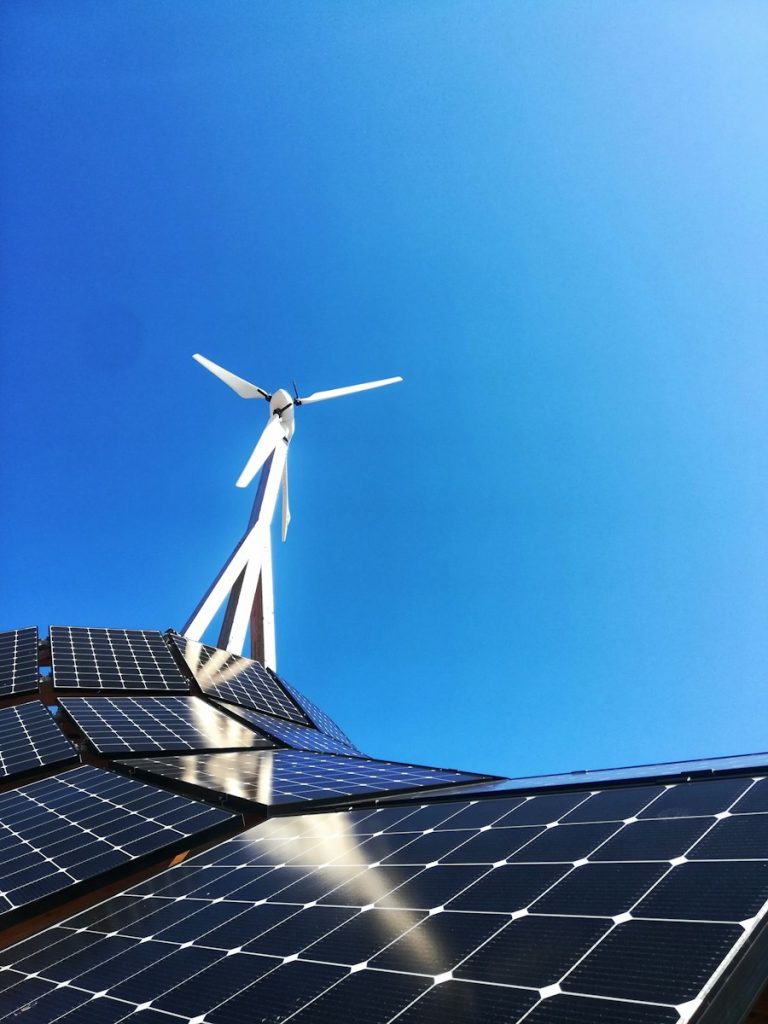In recent years, the push for renewable energy has gained substantial momentum. Among various green energy sources, wind energy emerges as a promising alternative, offering a clean, sustainable, and increasingly cost-effective option for homeowners. But is making the switch to wind energy the right move for your household? This article delves into the benefits and considerations associated with wind energy for residential use, helping you make an informed decision.
Story Stages
Understanding the Economics of Wind Energy
When contemplating a switch to wind energy, one of the foremost considerations is the economic aspect. Initially, the cost might seem daunting; however, it’s crucial to look at long-term savings and government incentives. As the technology becomes more widespread, wind PPA prices have become more competitive, enticing more homeowners to consider this renewable energy source.
Wind PPAs offer you the ability to lock in electricity rates, possibly shielding you from future increases in utility prices. Additionally, various federal and state-level incentives can dramatically lower the overall cost, making the economic argument for wind energy stronger.
Environmental Benefits
Beyond the economic considerations, the environmental benefits of wind energy are perhaps the most compelling reason to make the switch. Wind energy is clean, meaning it produces no harmful emissions or pollutants that contribute to climate change or air pollution.
This starkly contrasts the conventional energy sources that rely on burning fossil fuels, which have a significantly adverse impact on the environment. By choosing wind energy for your home, you’re not just potentially saving on your energy bills; you’re also playing a part in reducing your carbon footprint and fostering a healthier planet.
Energy Independence
Switching to wind energy can also enhance your level of energy independence. Relying on the traditional grid subjects consumers to the volatility of energy prices and the stability of the energy supply, which can be affected by numerous factors out of your control.
By installing a residential wind turbine, you can generate your own electricity, reducing your dependence on the grid. This not only provides a sense of security but, in some cases, may allow you to sell excess power back to the grid, further offsetting the initial investment costs.
Installation Considerations
However, wind energy is not a one-size-fits-all solution. There are several critical factors to consider before installing a wind turbine at your home. First and foremost, your geographical location plays a significant role. Wind turbines require a minimum wind speed to operate efficiently, typically around 9 to 10 miles per hour on average. Hence, it’s vital to conduct a thorough wind resource assessment of your property.
Moreover, residential wind turbines require a significant initial investment and sufficient space for installation, which may not be feasible for all homeowners. The turbines also generate some level of noise, which could be a concern for some individuals, along with potential impacts on wildlife and aesthetic considerations for your property and community. Therefore, it’s essential to research and possibly consult with professionals to assess whether wind energy is suitable for your specific situation.
Navigating Regulations and Community Buy-In
Before proceeding with wind energy, it’s also necessary to understand the local regulations and obtain any required permits. Zoning laws, height restrictions, and other ordinances can vary widely depending on your location and might significantly impact your ability to install a wind turbine.
Additionally, cultivating community buy-in is crucial, as the presence of a wind turbine can affect not just your home but also the surrounding neighborhood. Open communication and education about the benefits and impacts of wind turbines can help address any concerns and foster a supportive and greener community environment.
Conclusion
Switching to wind energy can offer numerous benefits, including potential cost savings, environmental conservation, and enhanced energy independence. However, it’s not without its challenges and considerations. The decision to switch to wind energy for your home should be made after carefully evaluating the economic feasibility, understanding the environmental impacts, considering the installation requirements, and navigating the local regulations and community dynamics.
With the right conditions and careful planning, wind energy can be an excellent choice for those looking to reduce their carbon footprint and embrace renewable energy. Yet, it’s important to approach this transition with a clear understanding of what it entails. As wind energy technology evolves and becomes more accessible, it could indeed become a more prevalent feature in residential settings, contributing to a greener and more sustainable future.
